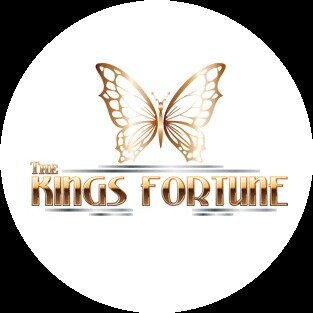
Sabino Glass Home
A History of the Sabino Glass Company
Marius Ernest Sabino was born in Sicily in 1878 but was taken by his family to France at the age of four. He followed in his father's footsteps and studied wood sculpting. He attended L'Ecole Nationale des Arts Decoratifs and the Beaux Arts de Paris. In the first world war he fought for France as a volunteer, but upon returning he revisited his sculpting. The advent of the electric light provided a huge market for shades and panels, so Sabino began his first commercial endeavor making those, mostly from wood and bronze.
Sabino was taken by the glass shades and panels being created by his contemporaries, and quickly learned the process for molding them. In the 1920's the art deco movement was sweeping across the world, centered in Paris. Sabino expanded his product line to include vases, figurines, and many other forms. In 1925 he perfected the blue-hued opalescent glass for which he became famous.
Throughout the 1920's and 1930s Sabino created a wide range of products that sold throughout the world, with a particular eye to the American market. His art deco stylings ranged from the natural, to the geometric, to animals and female figures.
The second world war halted the production from his factory in 1939, and after the war he transferred operational control to his nephew, Gripoix Sabino. No new designs were created post-war, and the entire output was exported to the USA. The formula for the opalescent glass was also changed to reduce the arsenic content.
Marius Ernest Sabino died in 1961, even as the factory was still producing his iconic blue opalescent glass.
In 1978 Gripoix-Sabino sold the entire Sabino company to their American agent Richard Choucroun and his "Sabino Crystal Company". The factory and production remain in France because the molds are considered cultural heritage and are not allowed to leave the country. The Sabino Crystal Company still manufactures limited pieces for sale from original molds.
There is still a large collector market for Sabino glass, especially the pre-war pieces. The prices for his works are much more moderate than that of some of his more famous competitors such as Rene Lalique. Putting together a respectable collection of Sabino glass can still be done on a reasonable budget.
Below are some images of pieces created by The Sabino Glass Company for reference.
-

Mouse
-

Cat
-

Perfume
-

Fish
-

Butterfly
-

Fish
-

Snail
-

Bird
We highly recommend these books for collectors of Sabino Glass. They provide vast amounts of information about the most popular French Glass and Crystal companies. This website may receive compensation for qualified purchases of these books.




